America’s coastlines and inland waters conceal countless island treasures that most people never hear about, much less visit. Millions flock to Hawaii, the Florida Keys, and Martha’s Vineyard each year, yet these lesser-known islands deliver the same pristine beaches, unique wildlife, and fascinating history, minus the crowds.
These forgotten islands tell stories that mainstream tourism often overlooks, from remote wilderness refuges in the Great Lakes to historic fishing villages barely hanging on. Here is a list of 17 islands scattered across American waters that remain largely unknown to most travelers.
Tangier Island, Virginia
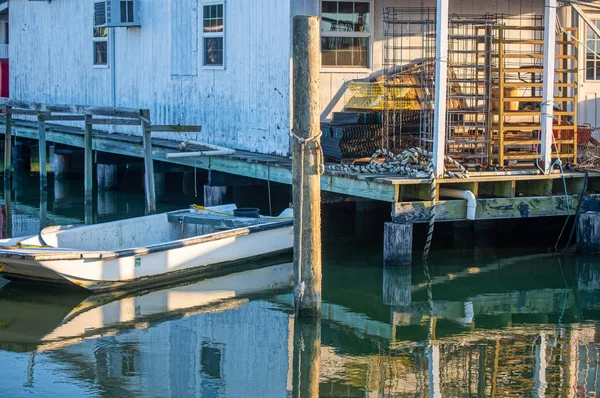
This speck in the middle of the Chesapeake Bay feels like stepping back centuries. The island’s crab-fishing community speaks with a lingering trace of Elizabethan accent—a remnant from when settlers first arrived in the 17th century.
At just under one square mile and sitting about four feet above sea level, Tangier is actually made up of three low-lying islands connected by small bridges, though getting there requires a seasonal ferry ride from Onancock, Virginia, operating from late May through early October.
Daufuskie Island, South Carolina
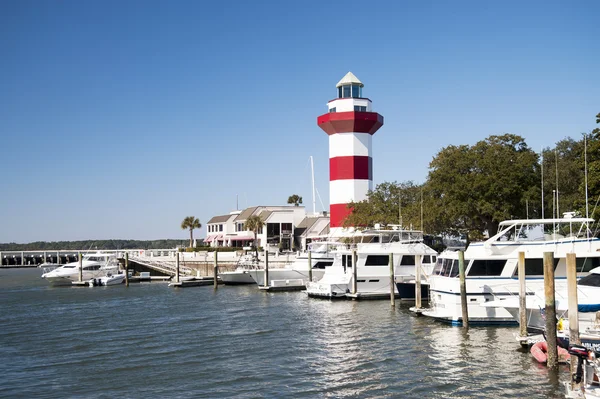
Accessible only by ferry or barge, Daufuskie Island is steeped in Gullah culture and history, offering a glimpse into a way of life that’s remained largely unchanged over the centuries. Nestled between Hilton Head and Savannah, this tranquil haven has no bridges connecting it to the mainland.
Golf carts serve as the primary mode of transportation, while visitors can arrange ferry service from several departure points, including Hilton Head Island and Bluffton.
Like Travel Pug’s content? Follow us on MSN.
Isle Royale, Michigan
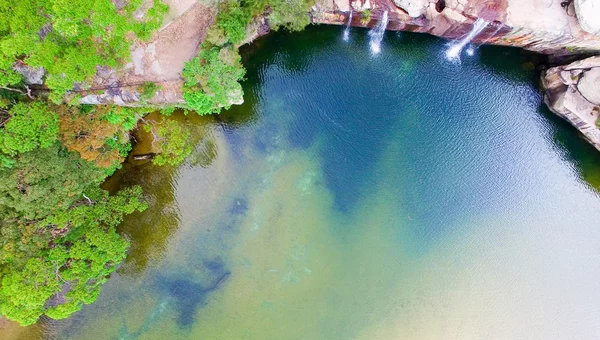
The least visited national park in the Lower 48, Isle Royale, ranked 59 out of 63 parks in 2023 with fewer than 30,000 recreational visitors. This remote wilderness in Lake Superior offers some of America’s most pristine backcountry experiences.
During a two-week backpacking trip, visitors can hike past inland marshes, over rocky hills and past gushing waterfalls, often going long periods without seeing another human. However, the park operates from April through October and is accessible only by ferry or seaplane.
Channel Islands, California

Often called the ‘Galapagos of North America,’ these eight islands house 60 endemic species found nowhere else on earth. Santa Cruz Island contains the largest known sea cave in the world, called Painted Cave.
Despite being relatively close to heavily populated Southern California, the Channel Islands remain largely overlooked, as most tourists prefer Catalina Island’s more developed attractions.
Smith Island, Maryland
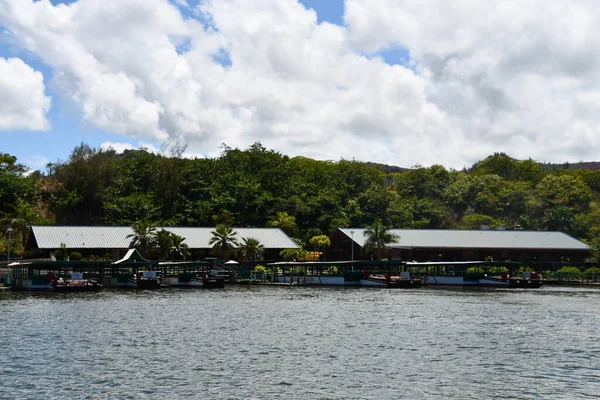
Located in the Chesapeake Bay, Smith Island is notable for its distinct English dialect that traces back to the original British settlers, plus its tradition of watermen harvesting seafood from the Bay. The island straddles the Maryland-Virginia border and sits near the Martin National Wildlife Refuge.
Like many Chesapeake Bay islands, it faces ongoing challenges from rising sea levels while maintaining its centuries-old maritime culture.
Like Travel Pug’s content? Follow us on MSN.
Cumberland Island, Georgia
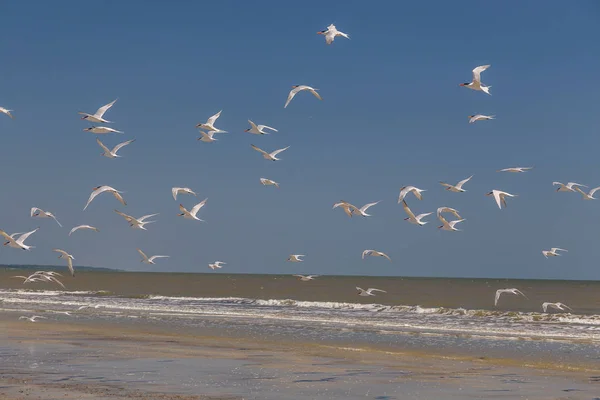
The Carnegie family bought most of this island in 1880 and built several mansions there, including Greyfield, where visitors can still stay today. This national seashore also features the historic First African Baptist Church, where John F. Kennedy Jr. got married.
The uncrowded beaches offer excellent shelling, swimming, and sunbathing opportunities, though camping costs just $4 per person, making it far more affordable than the luxury Greyfield Inn.
Block Island, Rhode Island

Located about 12 miles off the Rhode Island coast, Block Island represents New England’s best-kept secret. The island maintains a charming small-town atmosphere where most visitors get around by bike or on foot.
Unlike the more famous Nantucket or Martha’s Vineyard, Block Island offers a more intimate and affordable island experience with dramatic bluffs, pristine beaches, and Victorian-era charm.
Monhegan Island, Maine
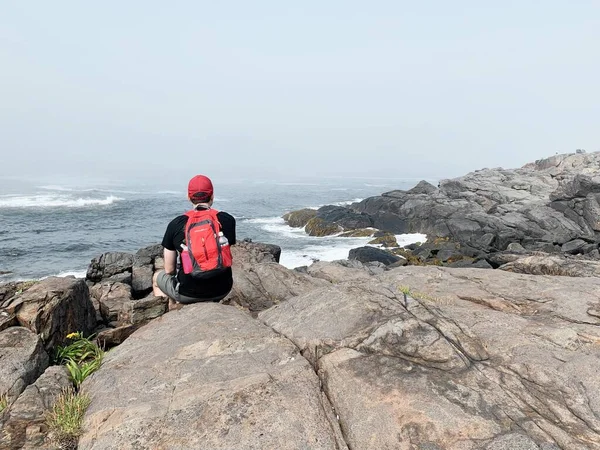
This artist’s haven sits 10 miles off the Maine coast and has inspired painters and writers for over a century. The island features dramatic cliffs, pristine hiking trails, and a thriving community of working lobstermen and artists.
With no cars allowed and limited accommodations, Monhegan maintains an authentic character that larger resort islands have lost to development.
Like Travel Pug’s content? Follow us on MSN.
Shelter Island, New York
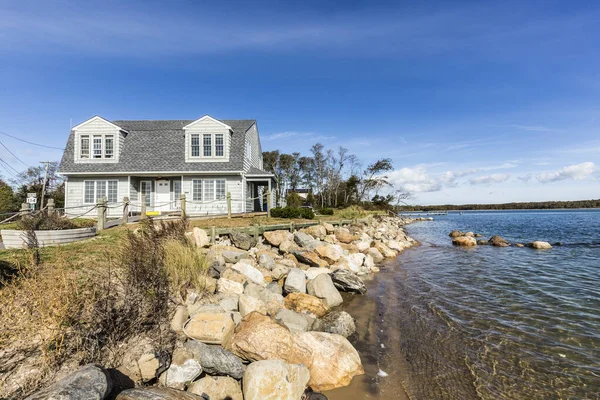
Tucked between the North and South Forks of Long Island, Shelter Island offers a quieter Hamptons alternative without the pretensiousness. The island features historic sites, nature preserves, and charming bed-and-breakfasts.
Ferry service runs regularly from both sides of Long Island, making it easily accessible yet surprisingly overlooked by most tourists.
Fire Island, New York
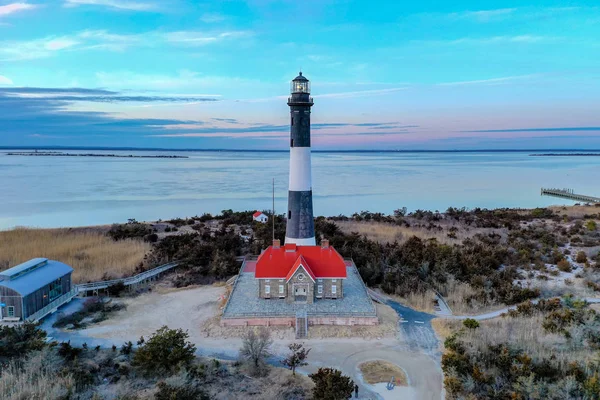
This 32-mile barrier island along Long Island’s south shore prohibits cars in most areas, creating unique communities accessible only by ferry or private boat. Each of the island’s 17 communities has its character, from family-friendly Saltaire to the Bohemian Ocean Beach.
The island’s car-free environment and pristine beaches offer an escape from New York City’s intensity.
Assateague Island, Maryland, and Virginia
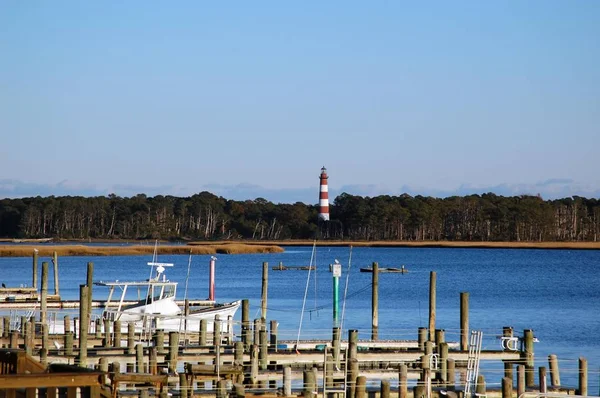
This 37-mile barrier island is famous for its wild ponies, pristine beaches, and camping opportunities. The island straddles the Maryland-Virginia border and offers some of the East Coast’s best surf fishing and bird watching.
Despite being relatively accessible by car, most Americans know it only from the children’s book ‘Misty of Chincoteague’ rather than as a vacation destination.
Like Travel Pug’s content? Follow us on MSN.
Ocracoke Island, North Carolina
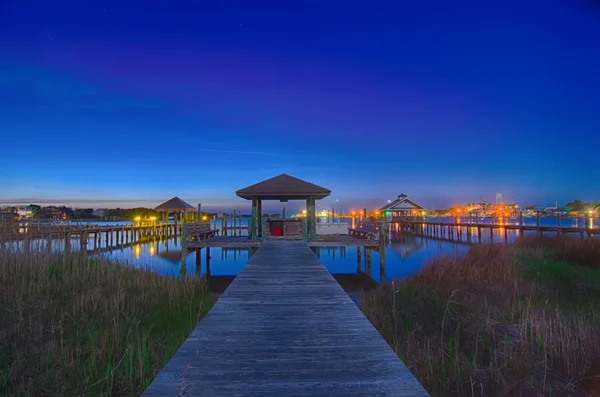
Part of the Outer Banks but far less crowded than its northern neighbors, Ocracoke can only be reached by ferry. The island features 16 miles of undeveloped beaches, the historic Ocracoke Lighthouse, and a charming village with no chain restaurants or hotels.
Blackbeard the pirate once called these waters home, and his ghost supposedly still haunts the island.
Jekyll Island, Georgia
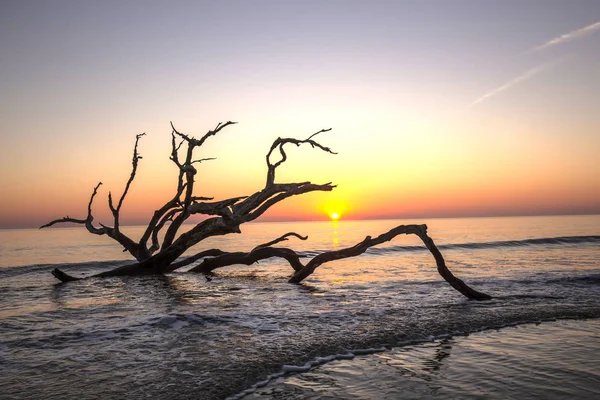
Once the exclusive winter retreat for America’s wealthiest families, including the Rockefellers and Vanderbilts, Jekyll Island now operates as a state park. The island features the historic Jekyll Island Club, beautiful beaches, and the ruins of grand Gilded Age cottages.
Unlike other Georgia barrier islands, Jekyll offers affordable accommodations and easy car access via a causeway.
Amelia Island, Florida

Located on Florida’s northeast coast near the Georgia border, Amelia Island offers 13 miles of pristine beaches and a charming historic downtown in Fernandina Beach. The island features upscale resorts, affordable family accommodations, and excellent fishing and golf.
Despite its proximity to Jacksonville, many travelers overlook it in favor of more famous Florida destinations.
Like Travel Pug’s content? Follow us on MSN.
Dry Tortugas, Florida
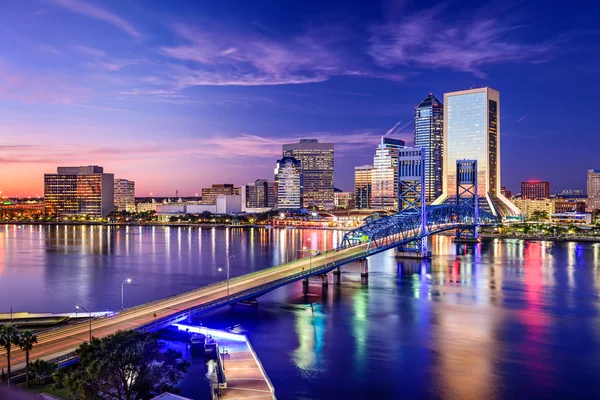
Located 70 miles west of Key West, this remote cluster of islands houses Fort Jefferson, the largest 19th-century fortress in America. It’s a fantastic spot for snorkeling, diving, and exploring American history, with day trips starting at $220 including entrance to Fort Jefferson.
The crystal-clear waters and abundant marine life make it a paradise for underwater enthusiasts.
Whidbey Island, Washington
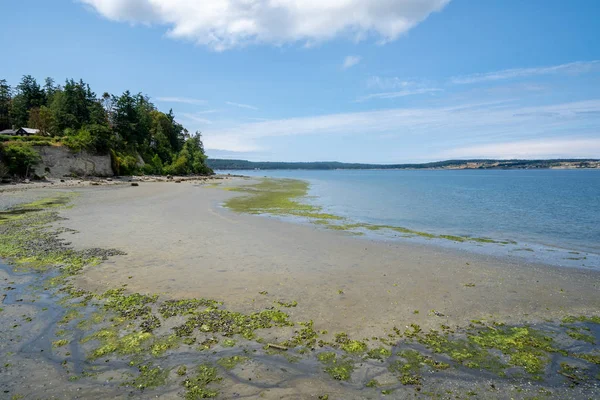
Washington State’s longest island sits in Puget Sound just north of Seattle, but feels worlds away from urban life. The island features charming towns like Langley and Coupeville, scenic farmland, and Deception Pass State Park.
Ferry access from the mainland and other islands makes it easily reachable, yet most tourists stick to the San Juan Islands.
Peaks Island, Maine
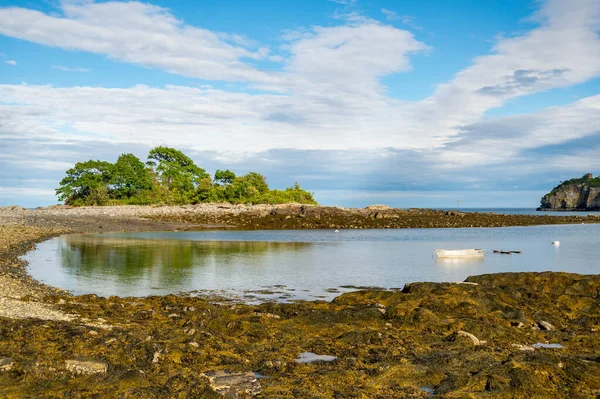
Just a 25-minute ferry ride from Portland, this Casco Bay island offers authentic Maine island living without the tourist crowds. The island features art galleries, local restaurants, and peaceful walking trails.
Year-round residents create a genuine community atmosphere that welcomes visitors while maintaining its working-class maritime character.
Like Travel Pug’s content? Follow us on MSN.
Where These Islands Stand Today
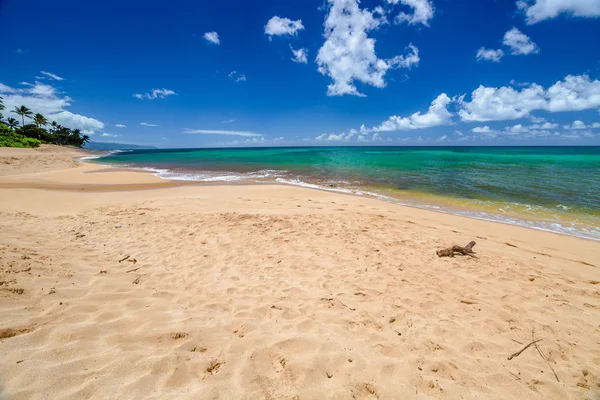
These overlooked islands are more than secret getaway destinations. They’re active museums of American maritime history, environmental gems, and villages evolving with contemporary challenges while maintaining their identities.
Many are threatened by increasing sea levels, economic realities, and the inexorable tide of development that has reshaped better-known places. Visiting them today provides tourists with true experiences that bind us to America’s seafaring heritage while benefiting local populations struggling to preserve their traditional lives against mounting challenges.
More from Travel Pug

- 20 Best Beach Towns in the Carolinas
- 13 Destinations Where Tourists Regularly Regret Their Trip
- 20 Things You Actually Get in First Class
- 20 Small Airports With Aviation Museums
- 20 Places in the U.S. That Are Perfect for a Reset Trip
Like Travel Pug’s content? Follow us on MSN.
